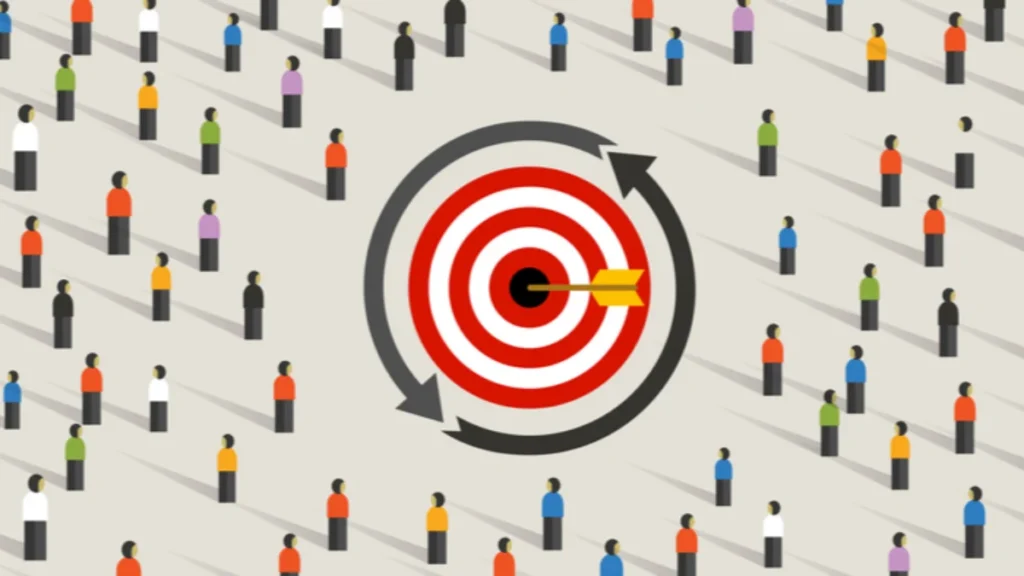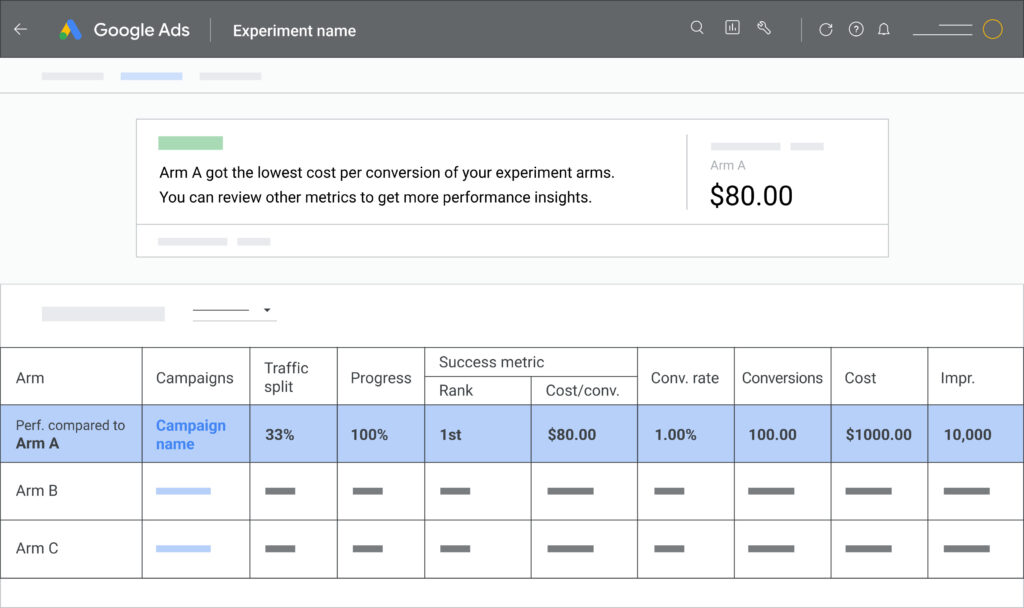As a business owner or marketer, you know that creating ad campaigns that generate conversions is critical to your success. You can have the most beautiful and well-crafted ads, but if they don’t convert, you’re wasting your time and money. In this article, we’ll discuss how to create ad campaigns that actually convert, so you can maximize your advertising budget and achieve your marketing goals.
1. Start with a Clear Goal

Learn how to identify clear goals
Before you create any ad campaign, you must define your goal. Ask yourself, “What do I want to achieve with this ad?” Do you want to drive traffic to your website, generate leads, increase sales, or something else? Once you have a clear goal in mind, you can tailor your ad copy, targeting, and landing pages to achieve that goal.
2. Understand Your Target Audience

Learn to identify your target audience
To create ad campaigns that convert, you must understand your target audience. Who are they? What are their pain points, desires, and interests? What motivates them to take action? By understanding your target audience, you can create ads that resonate with them and address their specific needs.
3. Write Engaging Ad Copy

Learn to write engaging ad copy
Your ad copy is the heart of your ad campaign. It must be compelling, concise, and focused on your target audience’s pain points and desires. Use powerful words, such as “free,” “limited time offer,” or “exclusive,” to make your ad stand out. Don’t forget to include a strong call-to-action (CTA) that prompts your target audience to take action.
4. Use High-Quality Images and Videos

Learn to use high-quality images and videos
Visuals are essential to creating ad campaigns that convert. Use high-quality images and videos that showcase your product or service in the best possible light. Make sure your visuals are relevant to your ad copy and target audience.
5. Choose the Right Advertising Platform

Learn to choose the right ad platform
Choosing the right advertising platform is critical to your ad campaign’s success. Facebook, Instagram, Google, and LinkedIn are all popular advertising platforms that offer unique targeting options and ad formats. Consider your target audience and advertising goals when selecting a platform.
6. Use Retargeting to Maximize Conversions

Retargeting is a powerful advertising technique that allows you to show ads to people who have already interacted with your brand. For example, you can show ads to people who have visited your website, added items to their cart, or engaged with your social media content. Retargeting can help you maximize conversions by keeping your brand top-of-mind and encouraging people to take action.
7. Optimize Your Landing Pages

Learn to optimize a landing page
Your landing page is where your target audience will end up after clicking on your ad. It must be optimized for conversions, with a clear value proposition, compelling headlines, and a strong CTA. Make sure your landing page is relevant to your ad copy and target audience, and test different variations to see what works best.
8. Monitor and Analyze Your Results

Learn to monitor & analyze the results
Once you’ve launched your ad campaign, it’s essential to monitor and analyze your results. Use analytics tools to track your ad’s performance, including click-through rates, conversion rates, and cost per conversion. Use this data to optimize your ads, targeting, and landing pages for maximum conversions.
In Conclusion
Creating ad campaigns that convert requires careful planning, targeting, and optimization. Start by defining your goals, understanding your target audience, and crafting compelling ad copy and visuals. Choose the right advertising platform and use retargeting to maximize conversions. Finally, optimize your landing pages and monitor your results to continuously improve your ad campaign’s performance. By following these tips, you’ll be well on your way to creating ad campaigns that drive conversions and achieve your marketing goals.



